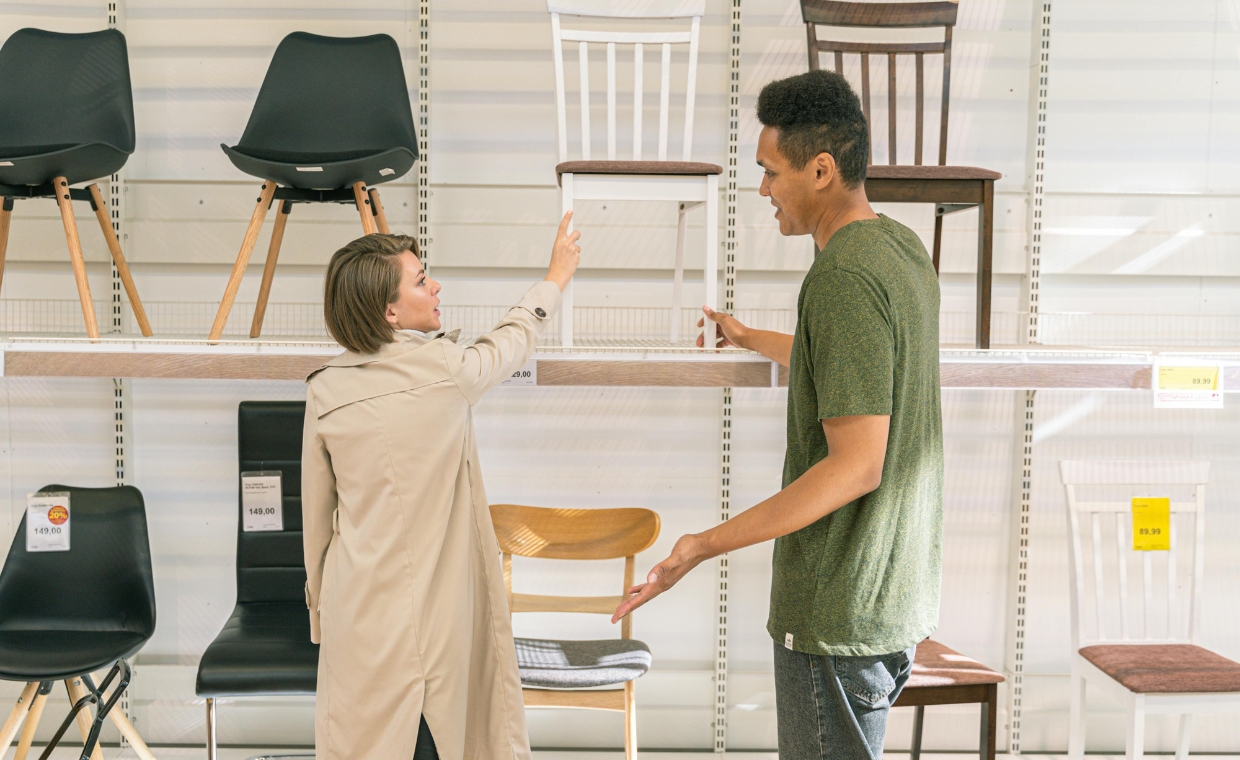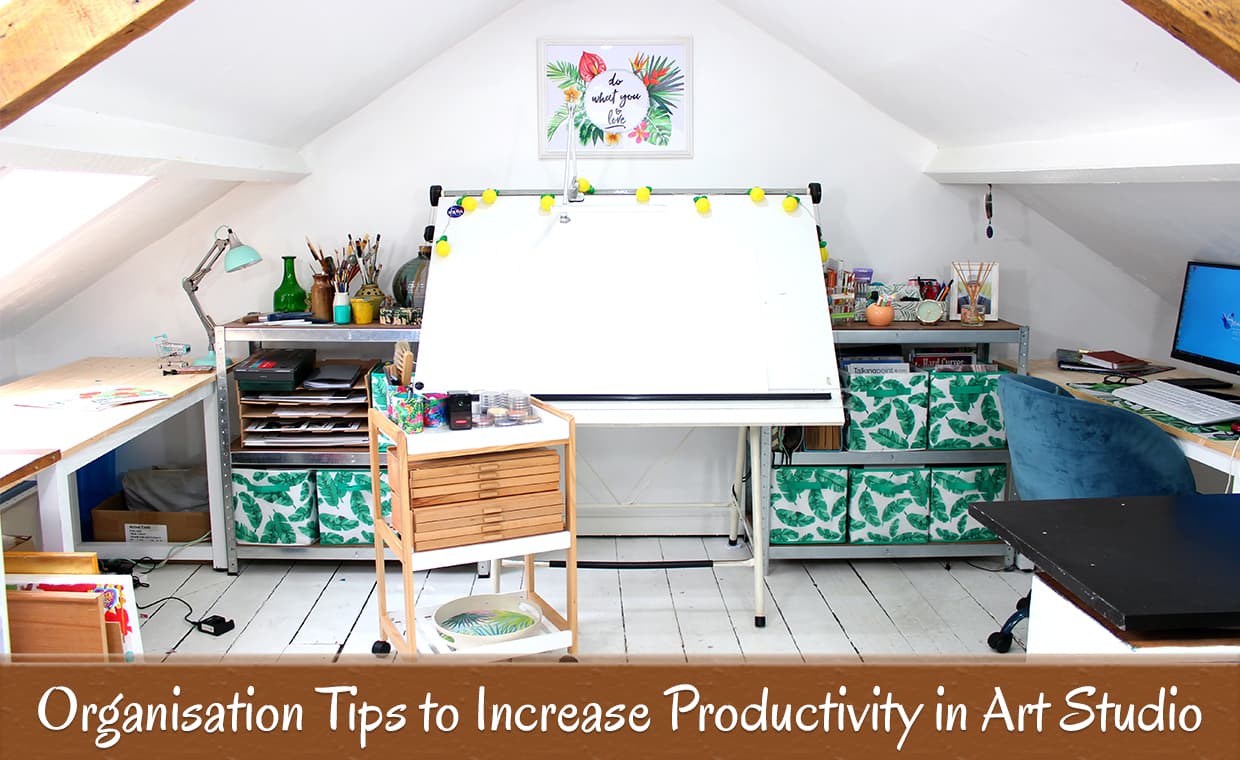
There are as many different art student’s workspace layout as their art students and their arrangement is determined by the kind of work the artist produces as well as the practicalities of the space available. However, even any professional essay writer says that taking into consideration a number of basic factors in the art studio organization can really improve the creativity, efficiency and productivity of studio practice and avoid the studio becoming untidy, chaotic and unpleasant to use. We at Gharpedia, aim to increase your art productivity by giving some art student’s workspace layout tips.
Art Student’s Workspace Layout Tips
Here are simple art studio organisation tips to improve the efficiency of artists’ studio practice and increase idea generation and creativity.
Typical Organisation of an Artist’s Studio
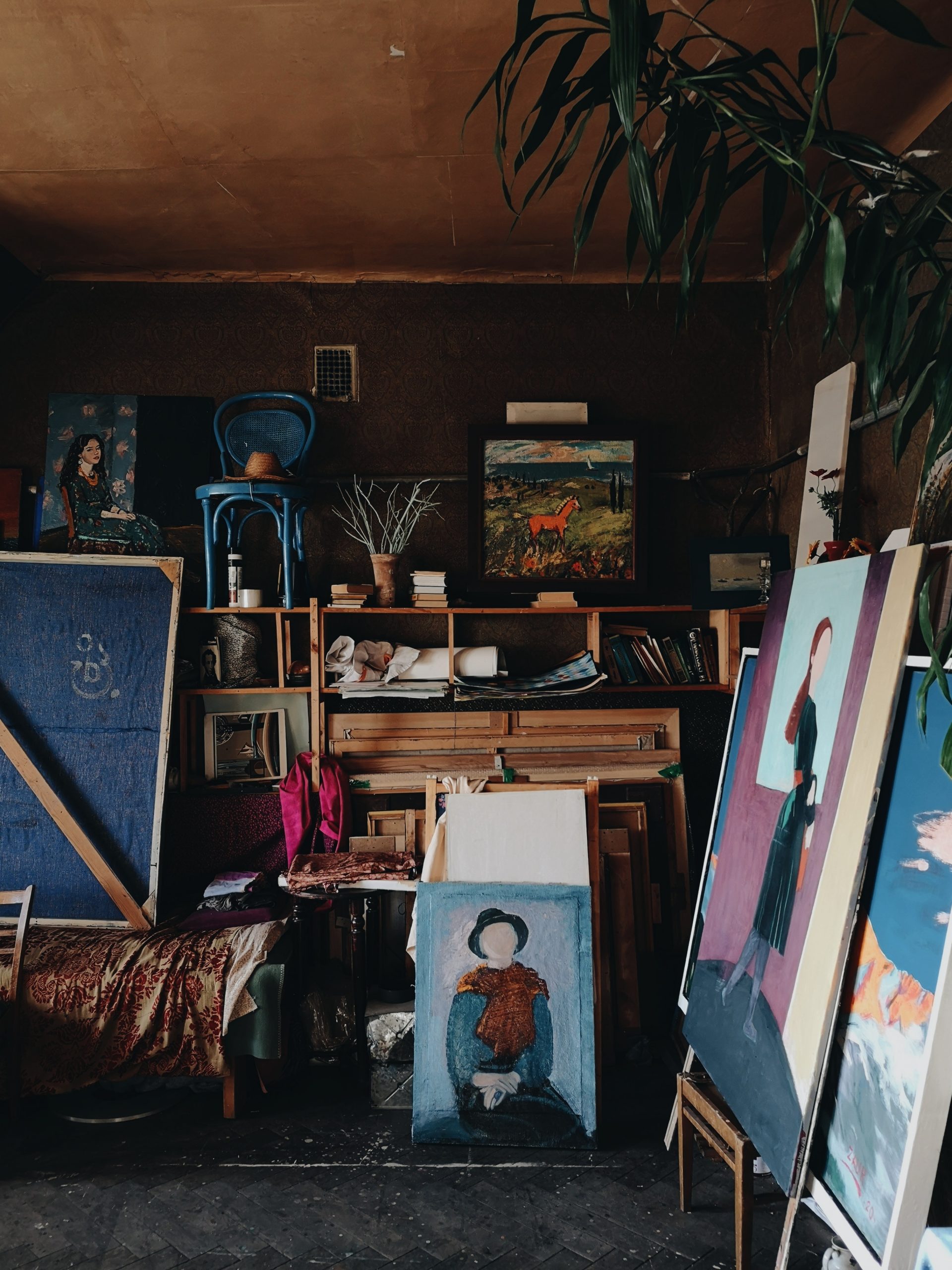
There are certain areas common to most art workspaces:
- Main work area or art desk– where larger, and often messier, pieces are prepared and worked on. Usually has a good light source.
- Primary storage area for art materials – habitually and most usefully located near the main work area.
- Area for cleaning and washing brushes etc.
- Plan chest, large chest of drawers or large portfolios for storing sheets of paper
These areas are usually well-planned but there are some areas that are often neglected in the initial setting of up the art studio and which, if given careful thought, can substantially enhance usability, creativity and productivity.
Make your work-from-home space more productive:
Organisation Tips for Finished Work
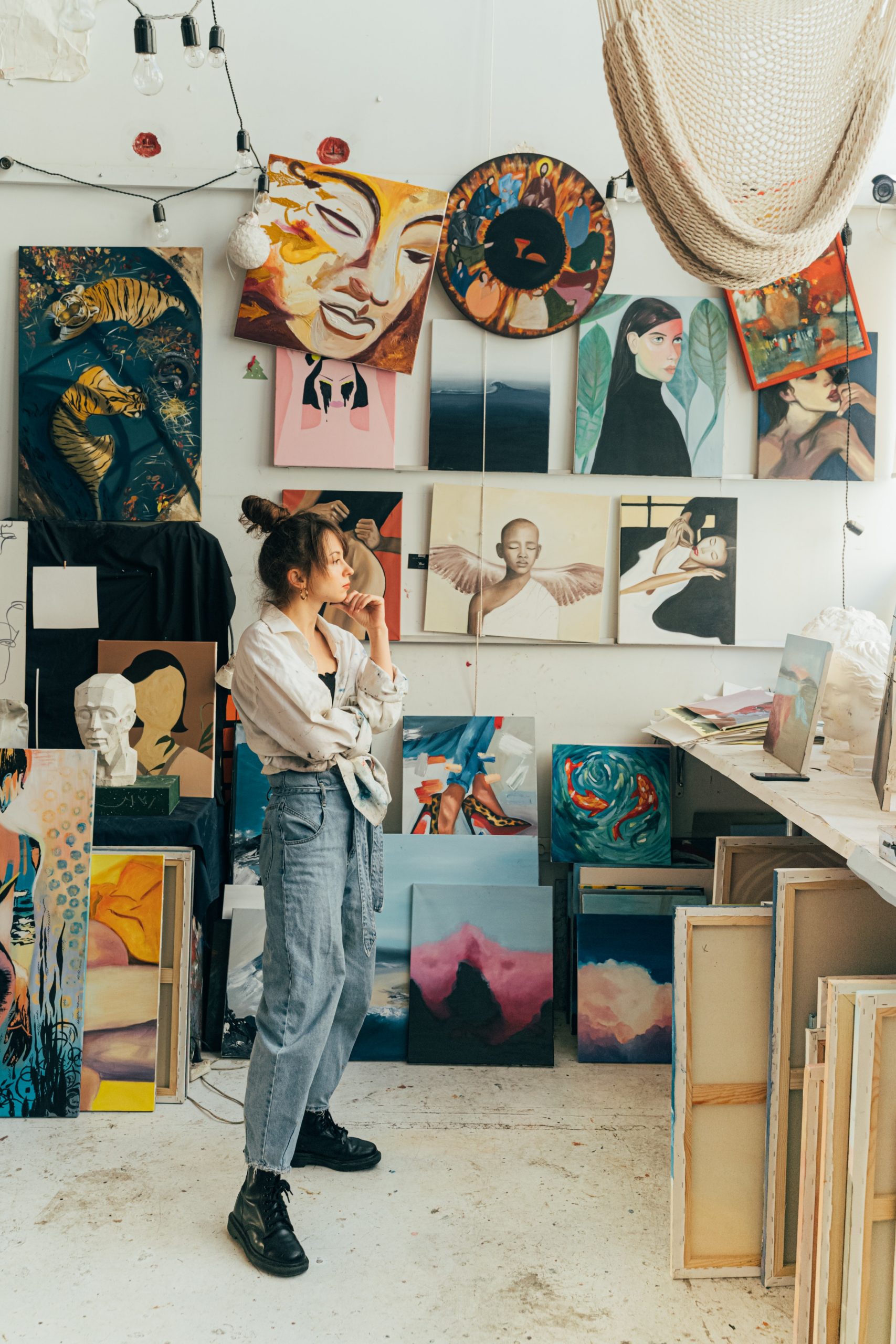
An art student studio would be a strange place indeed if there were no finished pieces spread around. Having previous works on show helps the art student get an overview of the direction of their work and facilitates sales made from the studio. However, it is a good idea to have a designated finished work storage area for when there is simply too much work sitting around to continue working comfortably or some of the work needs to be packed for an impending show. Ideally this will sited be near to the door, to facilitate transporting the work, and away from main work area to avoid possible damage by work in progress.
Computer Desk to Accommodate Flatbed Scanner and Large Format Printer
With computers now offering very attractive tools for artists, a computer desk has become a habitual feature of many studios. However, a typical all-in-one computer desk is not the ideal investment because of the need to house specific art-orientated hardware with bigger than average footprints such as large monitors, graphics tablets, A3+ flatbed scanners, and giclée printers. As for some services where you can ask someone to write my paper, it’s better to use a custom-built desk or create additional surfaces to house extra hardware.
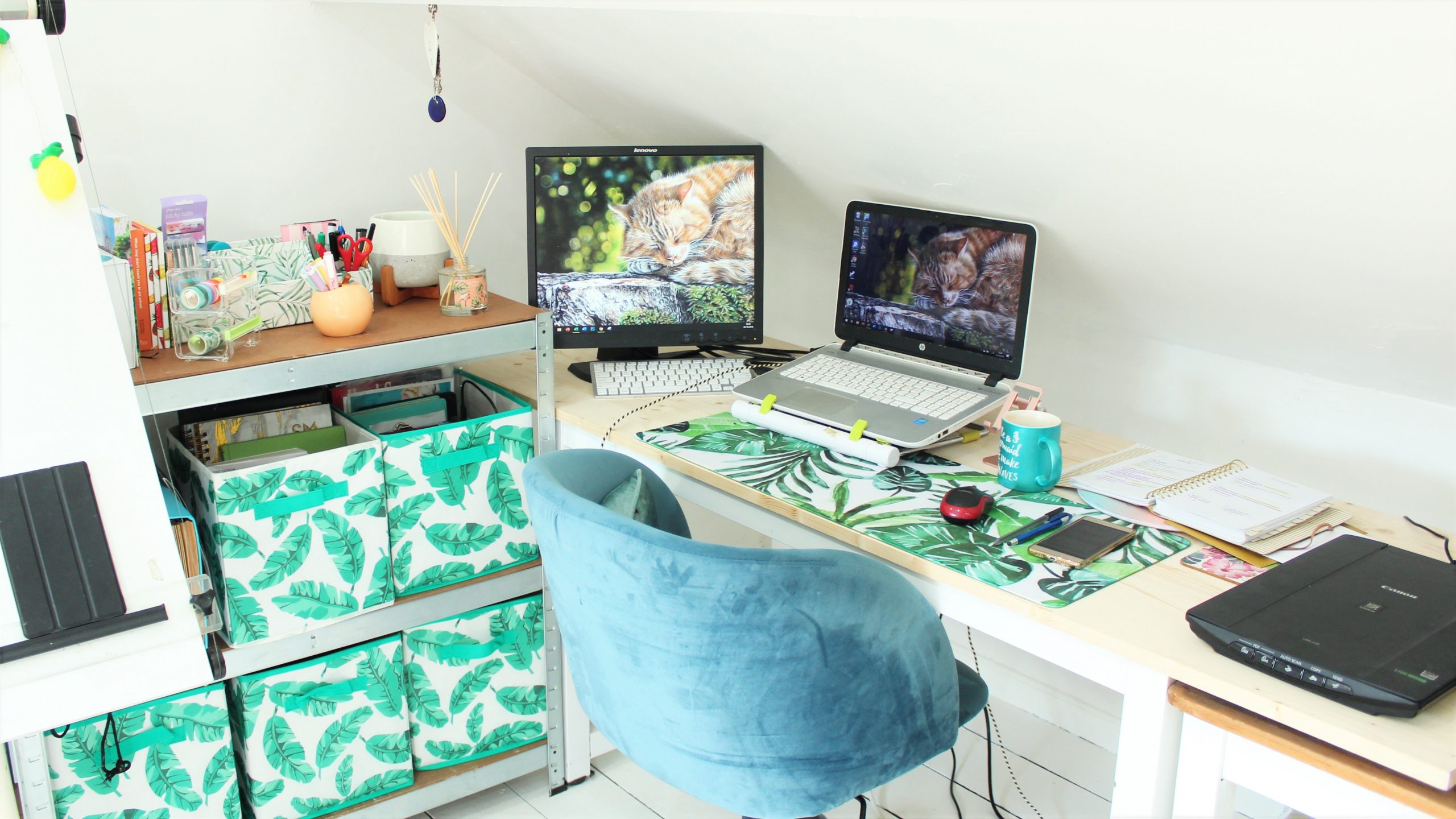
The siting of the computer desk away from direct light is extra-important in the case of art students where glare on the screen can affect the rendition of colors. Good ergonomics should also not be ignored – it is as important to invest in a good chair as it is in the latest piece of graphics software.
Know about Ergonomic Office Furniture:
The Art Desk
Although the main work area might seem like the hub of the art studio, for many artists, the place where they do the initial work of developing their ideas is equally important. A “clean table” or art desk is usually set aside for working on these initial sketches and smaller pieces.

The siting of this “ideas area” or art desk should provide a sense of privacy and protection to the artist because this is the most intimate and fragile part of the creative process. Ideally, the art student should not sit here with her back to the door as this creates a sense of vulnerability.
It’s good to site a secondary storage area for art supplies near to the art desk – so that materials are ready to hand and quick to put away – as well as bookshelves for a quick consultation of techniques and inspiration when developing ideas.
Relaxation and Creative Inspiration
Where space permits, having an area with an old sofa or easy chair and a kettle or coffee maker, gives the artist a chance to take a breather without having to leave the studio. The experts from writemyessaycheap.us advise that this area should do double duty as an area to develop ideas as taking time out from the task in hand allows the subconscious to get to work. This means it’s also a good site for another bookshelf – for how many art students can manage with only one?
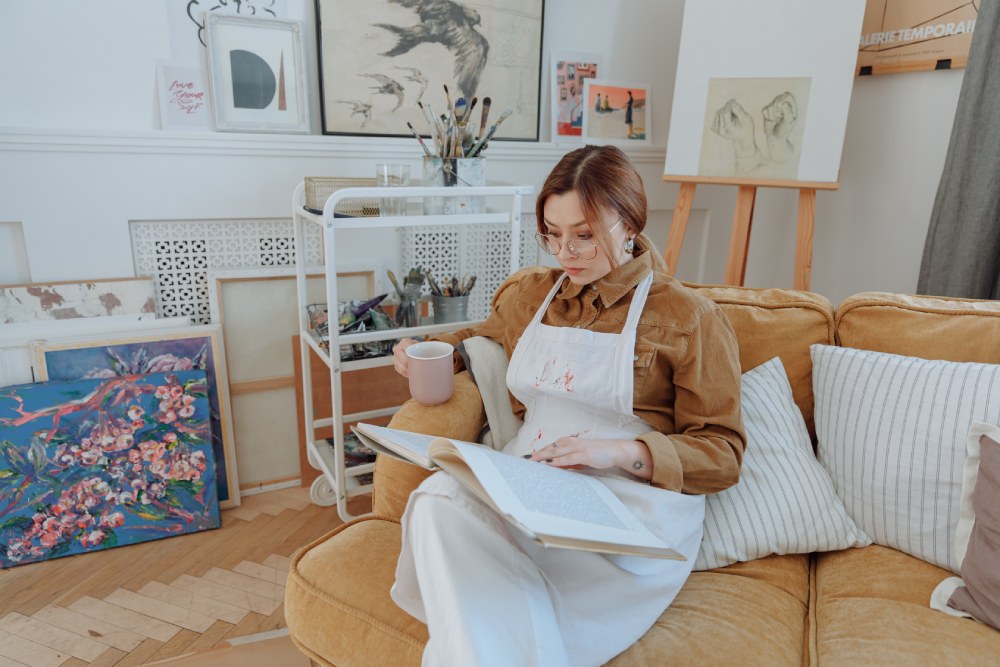
Summing up,
The widely-varying natures of artists, together with the huge variety of work they produce as well as the limitations imposed by their particular location, means that – happily – every artist’s studio is unique in its arrangement and atmosphere. The art studio organization of different artists is different.
By following a few simple guidelines, however, the art studio space can be optimally used, making it more conducive for the artists to obtain that delicate balance between peak productivity and idea-generating contemplation.
Before you leave, read more articles:





























